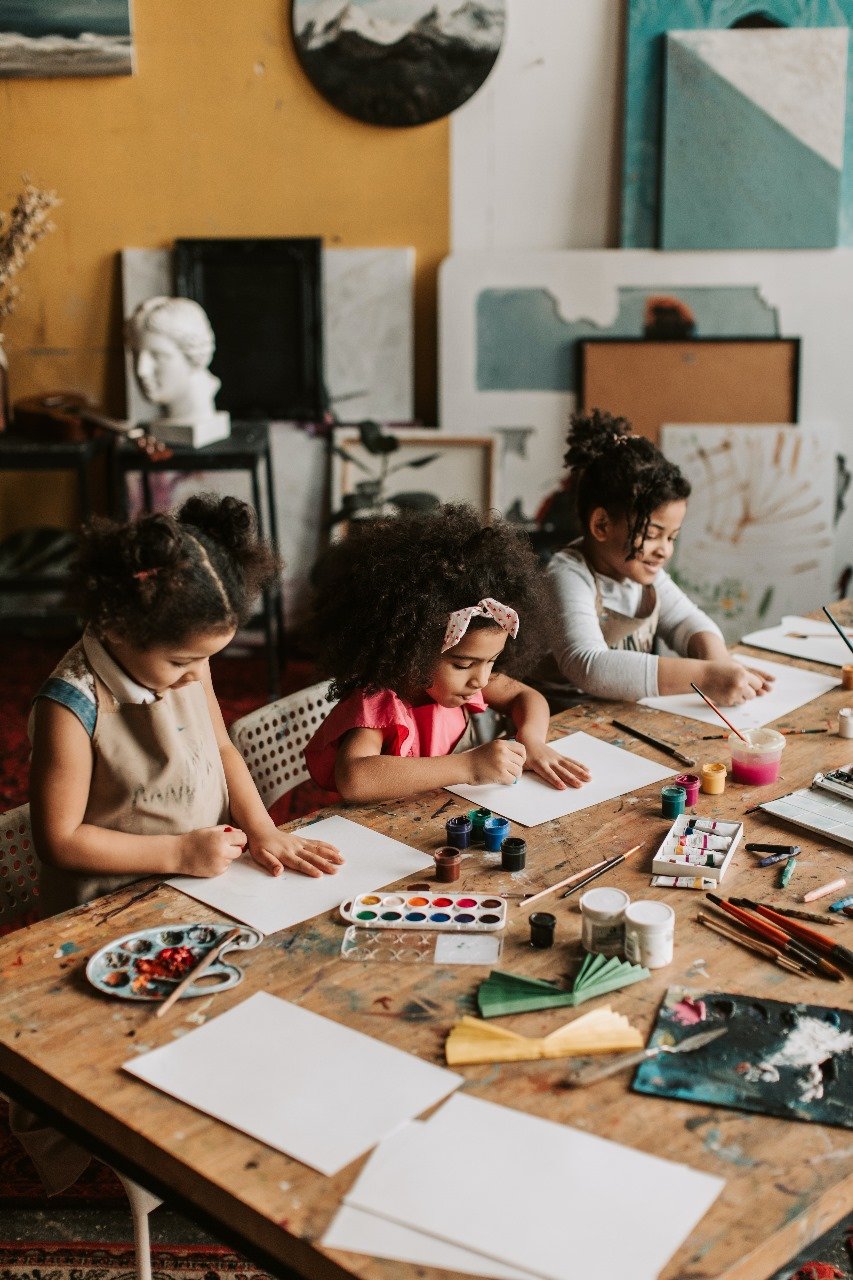Art Therapy in Schools: Empowering Students' Emotional Well-Being and Academic Success
Art therapy in schools is a transformative technique that uses art to treat emotional and psychological difficulties in pupils. It is essential in educational settings for encouraging creativity, self-expression, and emotional management. Recognizing the link between emotional well-being and academic success, art therapy gives students tools to better understand themselves and others.
Addressing students' emotional needs allows them to focus on studying, develop important life skills, and build resilience, eventually improving their educational journey. In this blog, we will look at the significant impact of art therapy on pupils, emphasizing its importance in modern education.
Creating, healing, and thriving in the classroom
Empowering Students’ Emotions
Many students struggle with academic achievement, social connections, and personal development challenges, which frequently appear as stress, anxiety, and low self-esteem. Art therapy emerges as a light of hope, providing a loving and nonjudgmental setting in which kids can freely express themselves.
They can address their innermost thoughts, gain insight into their challenges, and build healthy coping mechanisms through artistic expression. Art therapy provides a safe haven for students, allowing them to navigate their emotional issues and embark on a path to increased well-being and academic success.
A world of colors, emotions, and growth through art therapy in schools
Benefits of Art Therapy
Students can benefit from art therapy in a variety of ways. Through creative expression, it becomes a powerful instrument for self-expression, allowing pupils to successfully convey and process their feelings. It functions as a stress-reduction mechanism, offering a relaxing outlet for pent-up emotions.
Furthermore, art therapy fosters important life skills such as problem solving and creativity, increasing students' cognitive and emotional development. It is more than just making art; it is a holistic approach that provides students with vital tools for managing life's problems and supporting their emotional well-being.
Nurturing hearts and minds through creative therapy
Art Therapy Techniques for Students
Art therapy provides a wide range of strategies customized to students' creative discoveries. Drawing, painting, and creative journaling are simple yet effective tools for self-expression. These techniques can be effortlessly integrated into the classroom, with teachers incorporating them into classes or specific art therapy sessions.
Drawing, for example, can be utilized for visual storytelling, whereas painting can facilitate emotional release through color and form. Creative journaling, on the other hand, allows students to reflect on their thoughts and feelings in a personal yet disciplined manner.
These strategies not only foster artistic abilities but also enhance emotional well-being, making them valuable complements to the student experience.
Discovering inner strength through the brush
Parent and Teacher Involvement
Art therapy programs in schools rely heavily on the support of parents and teachers. Their participation is critical to creating a supportive environment for pupils. Parents can educate themselves on the benefits of art therapy and encourage their children to participate.
Teachers and art therapists can work together to effortlessly integrate art therapy into the curriculum, ensuring that it compliments academic learning. Regular communication between parents, teachers, and art therapists can assist in tailoring sessions to match the requirements of particular students.
Finally, by collaborating, parents and educators can create an atmosphere in which students can grow emotionally and academically by utilizing the power of art therapy.
Empowering minds through artistic expression
Future of Art Therapy in Education
Art therapy in school has a bright future ahead of it. Virtual and augmented reality techniques, as technology progresses, can immerse students in immersive art therapy sessions, breaking down geographical borders. Furthermore, data analytics can assist in tailoring therapy techniques to individual student needs. Art therapy may be made more accessible by incorporating it into online learning platforms and remote schooling.
Furthermore, a heightened understanding of the importance of mental health in school is likely to result in increased support and funding for art therapy programs. Art therapy will continue to evolve in future years, becoming a vital aspect of a more holistic and emotionally aware schooling system.






